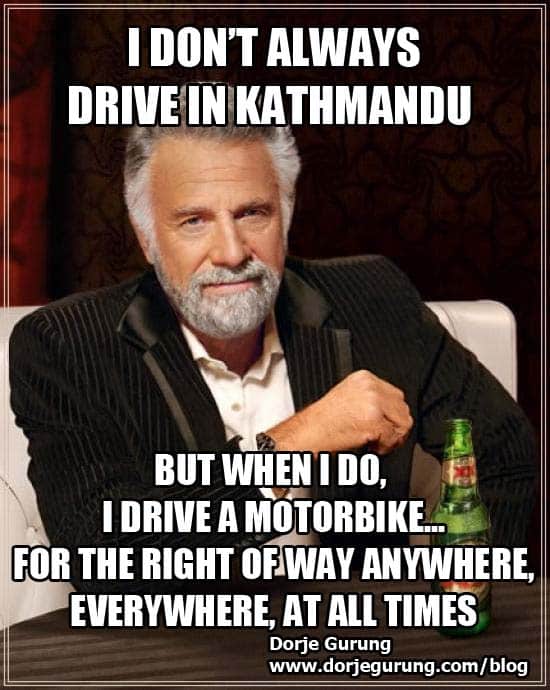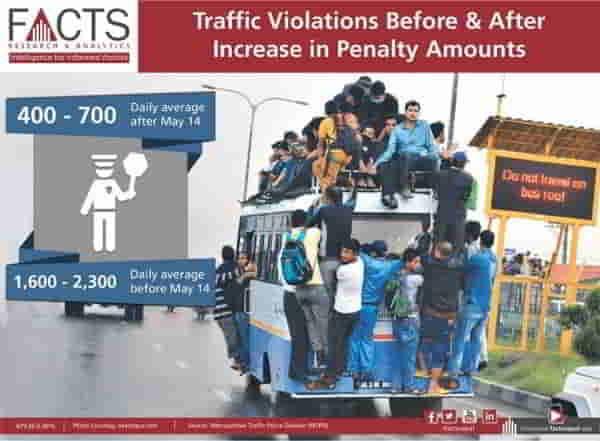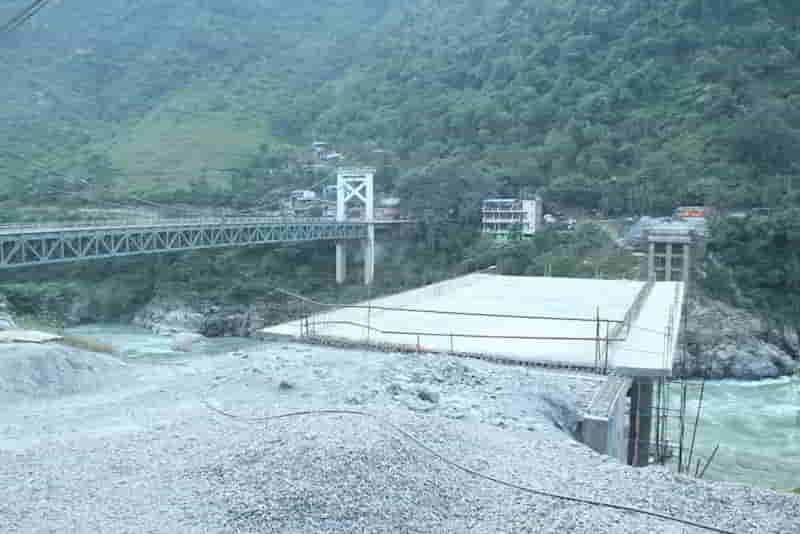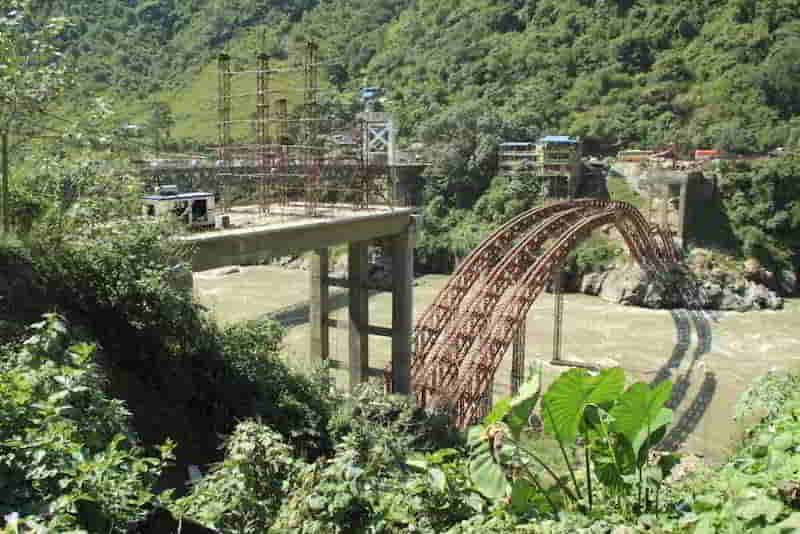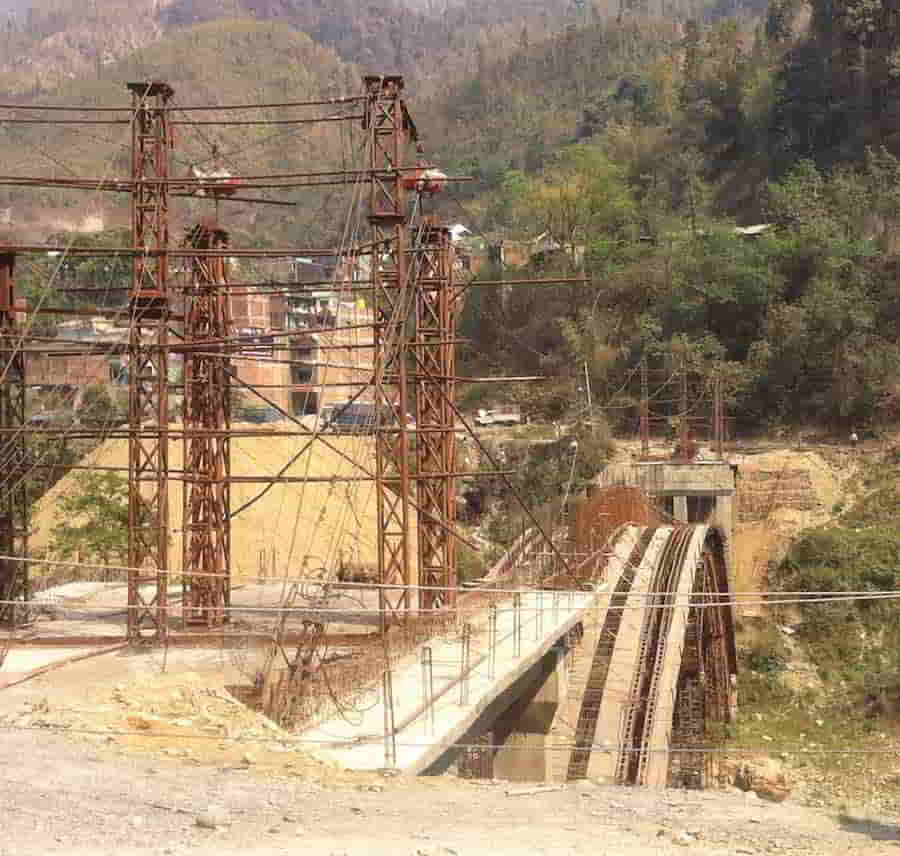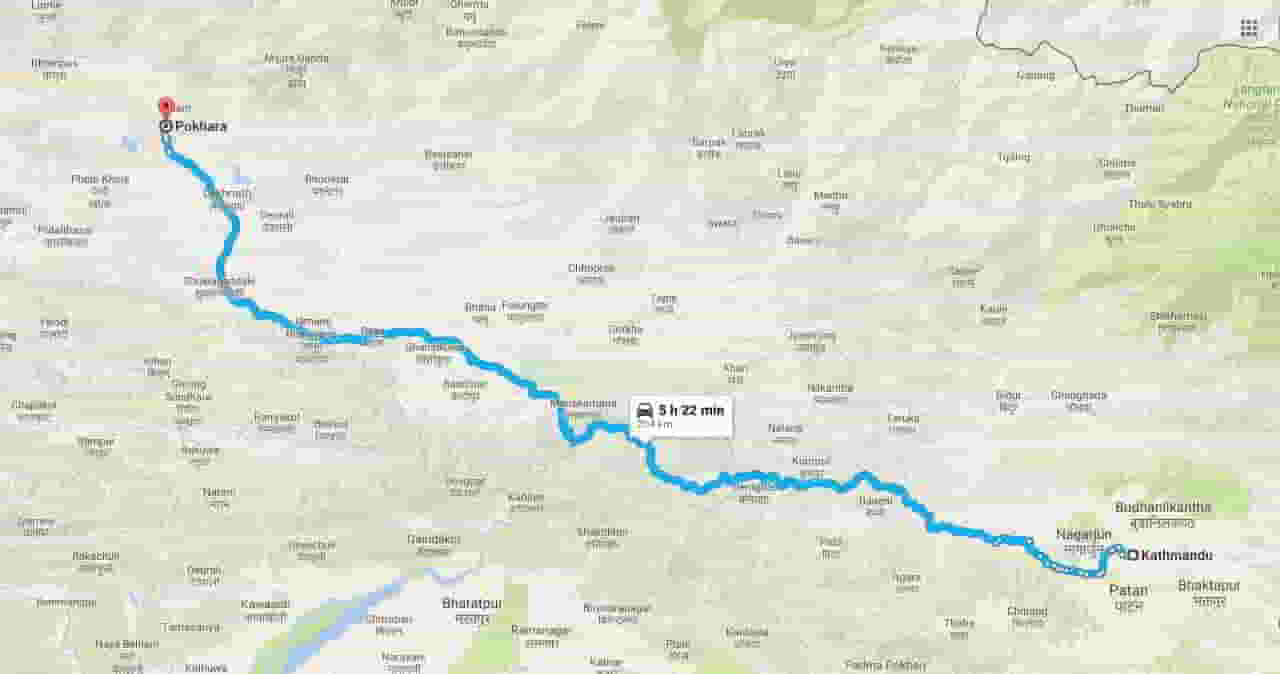
Travelling along Prithvi Highway, connecting Kathmandu and Pokhara, is nothing new for me. But, two weeks ago, I had a FIRST: I drove!
Over the course of eight days, I spent over 30 hours on the road, covered a little over a thousand kilometers (approx. 650 miles), visiting, among other places, a couple of places in the South I had never been to before.
But as much as I love road trips and have taken them in countries like the USA, Azerbaijan and Australia, driving in Nepal, while most of the time just downright unpleasant, can also be quite dangerous. As a matter of fact, for those very reasons, I completely stopped driving for a number of years until a few years ago!
Of course that decision did not inconvenience me a great deal since I lived abroad and only came home on holidays, on school breaks. Even between 2011 and 2013, when I came home pretty much every couple of months, not driving wasn’t much of an inconvenience. What’s more, since returning to Nepal in 2013, forget about road trips, I have been driving in Kathmandu only when I feel absolutely necessary.
Anyway, one danger on Prithvi Highway I knew about was the bridge past Mugling, about 110 km from Kathmandu (on the map, just a bit to the left of the drive-time, where it curves sharply).
I had heard, a while back, about the trouble the bridge was facing. The forty-year old bridge, according to this 2014-article in The Kathmandu Post, had begun showing signs of neglect in 2010! Work at the cost Rs. 30 million (appproximately US$300K at the current exchange rate) had been done on it in 2012 and the expectation had been for it to hold for another 20 years!
Less than three years later, someone finally appears to have realized the issues with — and the dangers of — the laissez-faire attitude towards the bridge. According to this August 2015 article in The Himalayan, a decision was made to construct a new bridge next to it. The completion date is February 2018.
In the mean time, a “precaution” measure is in place as indicated by the sign (see below) that greets all drivers!
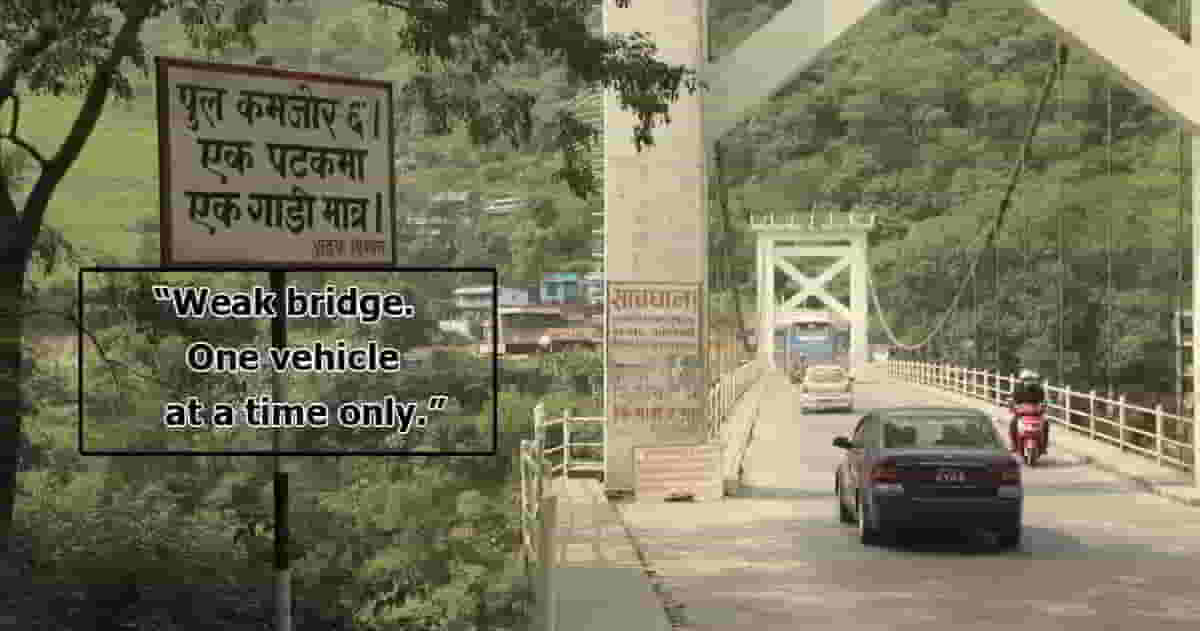
I don’t recall seeing it at any other time I travelled this highway the last three years. (Most likely because I had travelled in buses or had been driven.) I, naturally, stopped to wait for the vehicle in front of me to get to the other side. Except, the driver behind me, instead of doing the same, passed me and continued on…of course!!
I say “of course” because, in the absence of someone or something else to re-inforce — and thereby enforce — the guideline, what else would a driver do?! This is Nepal, after all!
What I mean is, if, in Nepal, you find yourself driving up to a road-block screaming “Stop! Police Check!”, for instance, you don’t absolutely have to stop…unless it’s reinforced by a cop flagging you down!
Or, if you approach a crosswalk (zebra crossing) the white lines don’t actually mean “pedestrians have the right of way”…unless it’s reinforced by a traffic cop on horseback — which I have seen — or reinforced by a sign that says so (see below)!
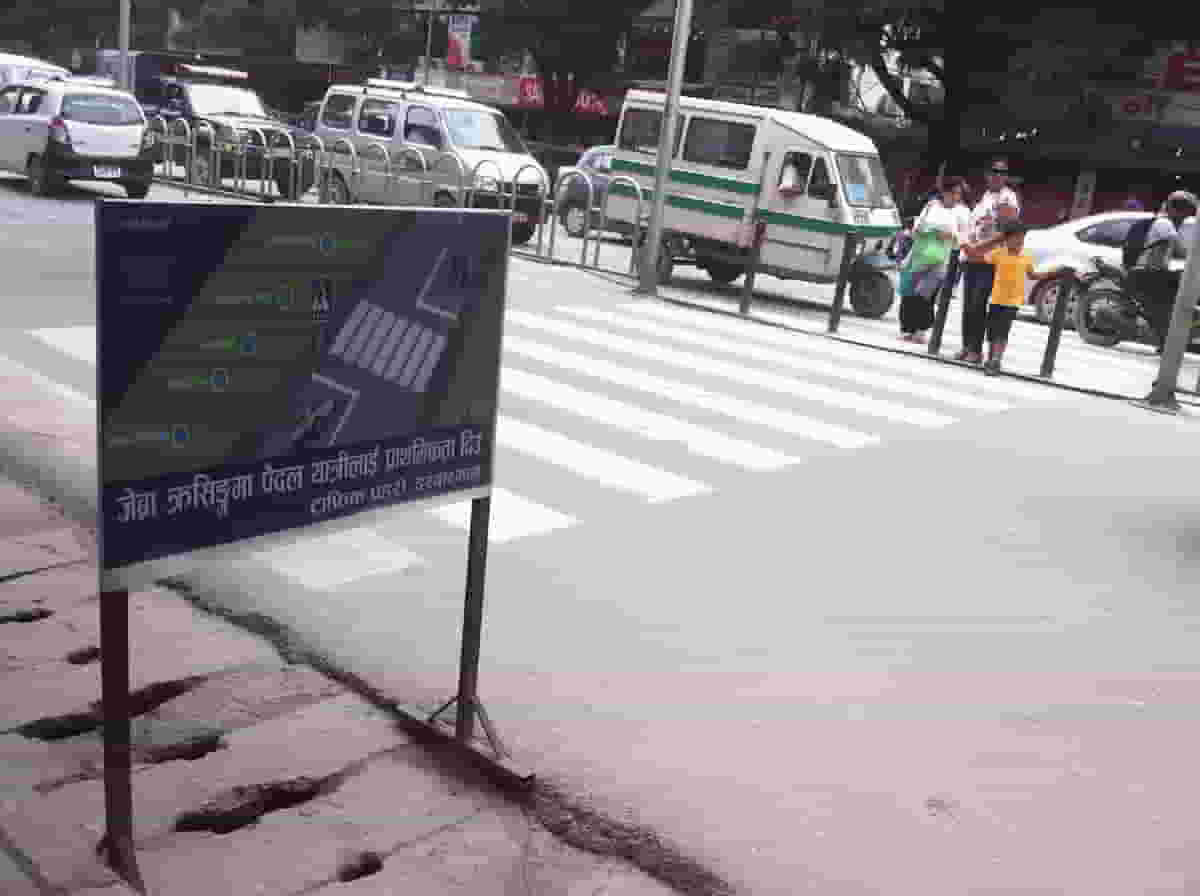
Notice the pedestrians in the middle of the road, looking at the oncoming traffic apprehensively AND the traffic on the other side all STOPPED on the crosswalk!
Even then…many drivers aren’t sure of what they are supposed to do, or, worse, don’t care! As a matter of fact, here in Kathmandu, you HONK at pedestrians to tell them to get the f*%# out of the way…especially at those on crosswalks…and I am NOT kidding!
Is it any wonder then that the driver behind me paid NO attention to that sign next to the Mugling bridge?!
Sure, unlike the last two examples, NOT following the instruction next to the bridge could prove to be fatal…but how many Nepalese drivers — many of whom probably believe in fatalism — actually ponder over that?!
Anyway…I actually took that photo of the bridge on my way back to Kathmandu when the highway had considerably more traffic.
Hundred meters or so from the bridge, I came up to a stop-and-go traffic. Joining it, I assumed either the drivers must be paying attention to the sign or someone must be manning the bridge and enforcing it.
Nop! No such luck!
Reaching the beginning of the bridge, I found no enforcer. But I stopped anyway!
Except, once again, no one appeared to be following the instructions! At least a few of the vehicles in front of me were on the bridge at the same time! What’s more, the drivers behind me impatiently started honking at me!
Pissing off other drivers thus is nothing unusual for me. Having driven in countries like the USA and Australia etc., where most people follow traffic rules, I do too, even on the roads and highways of Nepal, which pisses off others! Not understanding what I am doing, they often honk at me, like they did waiting to cross the bridge. I have had drivers honk at me when I stopped before a crosswalk in Kathmandu, for instance.
I waited for as long as I could before venturing on to the bridge.
Once across, I parked my car on the side and took that photo. Just before I took the shot, there had been two busses — the blue one still on it and the white one whose back you can see just to the right of the far pillar — and the white car on the bridge at the same time.
Maintenance of bridges is but one of many infrastructure-related problems plaguing Nepal making driving dangerous. The condition of roads in most places — such as this one in Sindhupalchok — and their maintenance is another one.
Drivers in Nepal, if you haven’t realized already, is yet another danger — if not the MOST dangerous — on the streets and highways of Nepal.
We hardly have any traffic rules and, those that we do have, most drivers don’t follow! As far as I can tell, horns rule when, who and how traffic moves! Drivers in Nepal think or believe that honking breaks up a traffic jam, for instance.
Drivers don’t think twice about driving down the wrong side of the road, to give another example, just as Nepalese in general don’t think twice about littering.
Couple that with the biggest preoccupation of drivers on the streets and highways of Nepal: passing the vehicle in front!
If only d Nepalese did everything they cud 2 pass ppl/countries ahead of them as they do vehicles in front of them while driving…if only!
— Dorje Gurung (@Dorje_sDooing) October 10, 2016
And that can get really really dangerous on highways of course! Drivers take unnecessary risks trying to pass vehicles in front of them while going around hairpin bends, for instance! Hairpin bends are to highways in the hills of Nepal as straight, wide interstates are to the US Southwest.
Drivers attempt to even pass a row of vehicles that’s moving along perfectly fine with the flow of traffic! If that’s not insane enough, when they commit themselves to it but realise, too late, that they can’t, they expect YOU to take measures to get THEM out of the predicament! They honk at — and expect — you to slow down and let them back into the lane, in FRONT of you!
Even the authorities flout traffic rules and drive recklessly. Once, I almost got driven off the road in Kathmandu by a Metropolitan Police truck. Sometimes, I wonder if traffic cops actually know all or most of the traffic rules or, if they do, if they care enough about them (see below), not unlike the rest of the drivers.
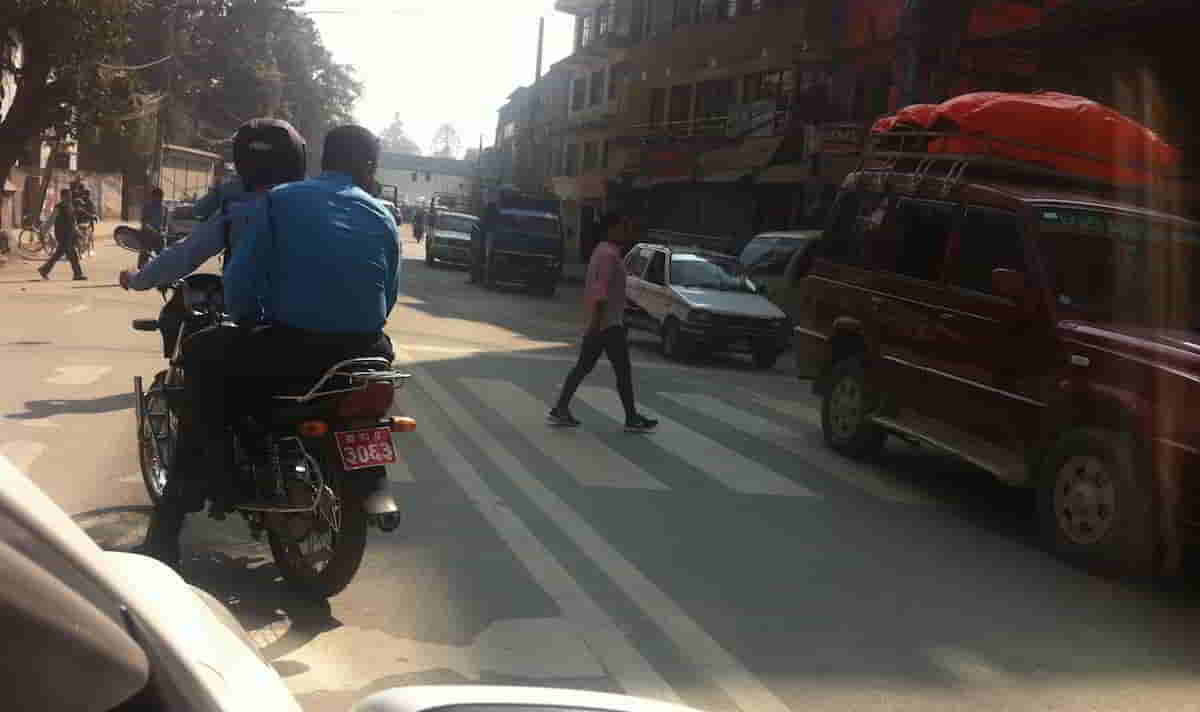
Notice also that the pillion rider has no helmet!
Motorcyclists, the most ubiquitous drivers on the streets and highways of Nepal, are the most dangerous.
Not only do they drive the most recklessly but also flout traffic rules and regulations the most!
At over 1835K (see below), the number of motorcycles/scooters in the country represents a whopping 78% of all vehicles. That’s almost 4 times the number of ALL other vehicles combined!
Text on the image reads, “To date 2,339K vehicles have been registered. 1,835K are motorcycles. 78% of all registered vehicles are motorcycles.”
Data on accidents show two interesting things of note:
- A whopping 73.3% of all accidents in 2072 (2015-16) is listed as due to “Negligence by driver”, and
- When accidents between 2070-72 (April 2013-April 2016) was broken down by vehicles, those involving motorcycles topped it at 37.61%
A significant percentage of that “Negligence by driver” I am sure includes reckless driving!
As for the second observation, sure, just the sheer number of motorcycles on the streets, roads and highways of the country means that, statistically, they are bound to be involved in more mishaps than any other type of vehicle.
BUT, given that the most reckless drivers are motorcyclists, combining the above two data, even though they cover slightly different periods as well as ranges, it’s probably reasonable to assume that a disproportionately high percentage of accidents involving motorcycles must have been due to driver carelessness.
Nepalese don’t think twice about going helmet-less as a pillion rider, nor do they think twice about shuttling around helmet-less pillion riders, for instance.
Taking a pillion rider(s) without a helmet is just one of the many ways motorcyclists are careless! It’s not very clear on the Mugling-bridge photo above but notice how even the pillion riders on the two scooters on Prithvi Highway — a highway! — are NOT wearing helmets! That, however, is the norm!
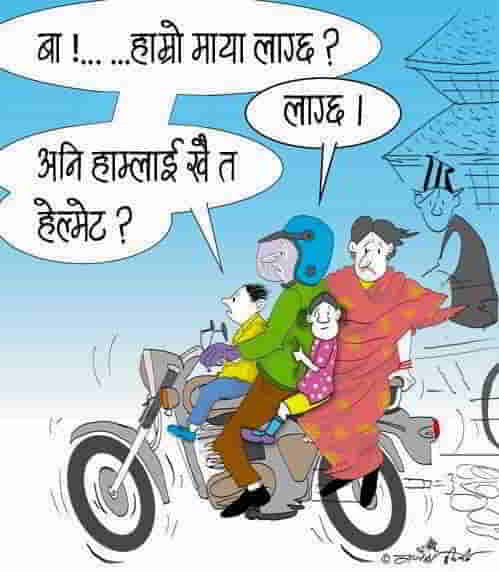
Dad: “Yes!”
Little boy: “Why don’t we have helmets then?”
(Source: Can’t remember but the cartoonist’s name appears on the bottom right. I must have found it on social media, like Facebook or Twitter.)
And, I have even had someone “condemn” my concern for safety, and “explain” away — making some really strange argument — the point/concern I raised about helmets in the Facebook post!
(I have even had people in Kathmandu laugh at me and mock me for wearing one as a pillion rider! What they don’t know is that a helmet most likely saved my life in Ho Chi Minh City, Vietnam, about five years ago, and it can save theirs too!)
The complete and utter lack of patience they display and flout — or display a lack of knowledge of — traffic rules is yet another, among others!
Going back to statistics, other kinds of traffic-related statistics are very sobering too!
In 2011, traffic accidents was the number one killer of those in the 20-30 age group! Given the age range, I am willing to bet that a majority of those fatal accidents involved motorcycles! What percentage of those could be saved by helmets? We’ll never know. But I am willing to bet again on a sigficant percentage.
Pedestrians in general are the most vulnerable, no matter where — the road or the country. But, in many other countries there are traffic rules to insure their safety as much — or as best — as they can. Not so in Nepal.
.@Shreya_Paudel Everywhere, pedestrians are the most vulnerable. In Nepal, pedestrians = most vulnerable x10! @mukesh2006 @pratyoushonta
— Dorje Gurung (@Dorje_sDooing) October 11, 2016
“[R]oad traffic accidents ranked as the number one cause of disease burden among children between 5 and 14 years of age in Nepal” according to this July 2013 article in the Nepali Times. What can you expect on roads and highways of a country where drivers honk at pedestrians going across a crosswalk?!
My mate Pete Pattisson, writing for The Guardian just last month discovered the following:
“More people have been killed on the roads in the last 10 years than in the country’s decade-long civil war, in which an estimated 16,000 people died.”
In spite of that, maintenance and construction of infrastructure, management and control of traffic and enforcing traffic rules etc. are all mostly a farce.
Two regulatory measures taken to curve accidents in the capital have produced results though!
To curve drinking-and-driving related mishaps, the Metropolitan Traffic Police of Kathmandu, in December 2011, began enforcing a zero tolerance for DUIs (Driving Under the Influence) policy. It yielded encouraging results!
The following year the number of accidents dropped by about a 4th. The ratio of injury to fatality too dropped by a 5th. The intervention for those found flouting the DUI rule involved a mandatory hour-long lesson covering anatomical and functional effects of alcohol consumption on different parts of the body and on driving.
To clamp down on the spiralling traffic “violations,” earlier this year, the authorities increased the fines and started coming down hard on violators. It also yielded results: there was a dramatic reduction in the number of violations (see below).
Except, the transport entrepreneurs (yeah they call themselves, or are labeled as, “entrepreneurs”) called a strike in protest…of course because it was hurting their bottom line!
As if the conditions of roads and other infrastructure, reckless driving, and lack of enforcement of rules and regulations, were not enough, we have a fourth contributor to the dangers of driving in Nepal and the horrendous traffic statistics: syndicates (transportation-entrepreneur cartels) limiting the number, and controlling the kind, of vehicles plying the roads and highways.
(In Kathmandu we also have a fifth one: the ever-increasing number of vehicles!)
Conditions of roads and other related infrastructure will probably NOT change or improve unless we have a stable government and locally elected officials accountable to the people.
As for reckless-driving behavior, unless a significant percentage of the population is considerably more educated, and unless rules and regulations are enforced consistently, not much will change there either.
As I have stated in blog posts of the past (here, here and here), for behavior — any behavior — to change, perception/attitude must change; for perception/attitude to change awareness is an absolute must. Awareness, of course, comes from education, quality education that imparts thinking skills, not just the ability to regurgitate or not the kind of education that you get from intellectually bankrupt institutions.
Given that enforcement can be readily implemented, would the authorities go down that road and enforce considerably MORE rules, consistently, and improve the driving and riding experience of everyone concerned?
As for the syndicates, the current Prime Minister Puspa Kamal Dahal, on August 17, “instructed Minister for Physical Infrastructure and Transportation Ramesh Lekhak to take all possible measures, including ending the syndicate system.” Whatever that means!
After all, the political parties benefit from the cartel (just as they do, I am told, from other syndicates)!
Will Dahal “put the axe to his own feet,” as the saying goes in Nepali, and address the syndicate issue for the greater good of the people? If his government does, his party and/or members of party, among others, will take a financial hit.
Will they go down a road that every government of Nepal has avoided thus far, which is partly responsible for the creation of the monster of a transportation and traffic system that we have today?
In other words, will the government and authorities actually go down a road that they have not been, the way I did plying the dangerous highways of the country two weeks ago?
There is always a first for everyone!
What do you think?
Oct. 8, 2017 Update
Two photos to show the progress of construction of the new Mugling Bridge.
As you can see, not much progress has been made in almost the intervening year!
* * * * * * * *
March 13, 2018 Update
I traveled on the highway again last month for the first time this year to attend a wedding and two retirement celebrations in Pokhara. The new Mugling bridge that was supposed to have been completed by January this year is NOWHERE NEAR COMPLETION. I don’t have photo evidence, but the next time I am on the highway, I’ll be sure to take one or two and update this blog post with.
* * * * * * * *
March 24, 2018 Update
Here’s what it looks like now. This one was taken from the other side.
April 7, 2018 Update
The government has finally decided to break the stranglehold the transportation cartels had on the number and kind of public vehicles serving in an area or route. According to this article in today’s The Kathmandu Post, they have opened route permits across the country. The government had started with issuing a permit to Mayur Yatayat to operate vehicles on Arniko Highway, which the cartel objected to and even went on strike, pulling all their vehicles off the highway! The government, however, did NOT back down and instead issued temporary permits to other operators! For more on the cartel and how it worked, click here.
* * * * * * * *
References (cited in the blog):
The Kathmandu Post (Jan. 2014). Two years after repair, Mugling bridge needs urgent attention
The Himalayan Times (Aug. 2015). New bridge being built over Trishuli to join Muglin, Abukhaireni
Nepali Times (July 2013). Road kill
Graph Nepal (May 2016). Traffic Situation in Nepal
Nepali Times (Nov. 2011). Dead on arrival. “A big part of the problem is the complete lack of coordination on road safety between the Department of Roads (which is supposed to undertake repairs) the Department of Transport Management (which registers and regulates vehicles and driving licenses), the Traffic Police (which enforces traffic rules) the Ministry of Environment (which issues green mission stickers), and the municipality (which is supposed to oversee strategic management of roads and parking).”
NCBI (March 2013). Road traffic accidents in Kathmandu–an hour of education yields a glimmer of hope.
The Guardian (Sept. 2016). Summer of carnage on Nepal’s roads: ‘There was a big blast, then silence’.
The Himalayan (Aug. 18). PM Dahal directs an end to transport syndicate
Nepali Times (Aug. 26). Cartelling of carnage.
The Kathmandu Post (Sept. 10, 2018). Pappu Construction has billions in contracts—and little work to show. Here’s one of the reason behind bridges (like the Mugling bridge which, slated to have been completed by January, wasn’t completed the last time I saw it this past August) not getting completed on time. [Added on Sept. 10, 2018.]


